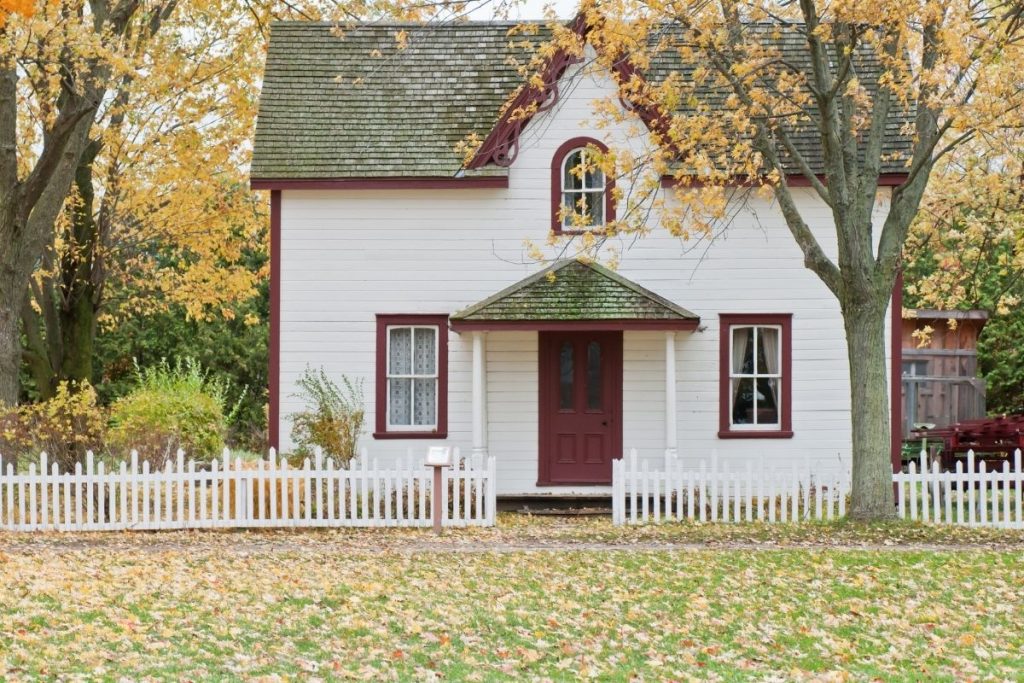What is stamp duty and why are we charged for it?
Stamp duty was introduced back in 1694 as a means to raise money for the war. This type of transaction tax was also raised on goods such as medication, hats and newspapers.
Then in 1997, the chancellor at the time, Gordon Brown introduced band thresholds outlining how much tax would be charged.
Stamp duty is essentially the tax from any property transaction, meaning if you purchase any residential property or piece of land in England or Northern Ireland you could be taxed for it.
How is stamp duty calculated?
Stamp duty is determined on a tiered basis. Any property valued at £125,000 or above is liable for this tax with the more expensive ones being taxed more. First time buyers are exempt from paying stamp duty on the first £300,00 as long as the property or land they are purchasing is worth less than £500,000.
Moreover, any person who is purchasing their second property, or any additional properties over £40,000, they will be charged an additional 3% on top of their regular stamp duty.
The rates for stamp duty are as follows:
Up to £125,000: 0%
From £125,001 to £250,000: 2%
From£250,001 to £925,000: 5%
From £925,000 to £1.5m: 10%
Above £1.5m: 12%
Where is stamp duty paid and who does it go to?
Stamp duty is charged by the Government and needs to be paid to the states revenue office. This tax is then invested back into the government through health, transport and emergency budgets.

When is stamp duty exempt or relieved?
There are certain situations where stamp duty is relieved or even exempt. As previously mentioned first time buyers are eligible for SDLT reliefs. In addition to this, HM Revenue and Customs also outlines other occasions.
They are as follows:
SDLT relief for multiple dwellings
Building company buys an individual’s home
Employer buys employee’s house
Compulsory purchases
Property developer subject to planning obligations
Transfer of prosperity between companies
Relief for charities
Right to Buy properties
Relevant housing providers
In addition to this, there are also a number of situations where stamp duty is totally exempt.
They are as follows:
If no payment has been changed hand for a land or property transfer
If the property is left to you in a will
If the property is transferred due to divorce or dissolution of a civil partnership
If you use alternative property financial arrangements
If you buy a freehold property for less than £40,000
If you buy a new or assigned lease of 7 years or more, as long as the premium is less than £40,000 and the annual rent is less than £1,000
If you buy a new or assigned lease of less than 7 years, as long as the amount you pay is less than the residential or non-residential SDLT threshold
Can stamp duty be refunded?
Stamp duty is very carefully calculated, however there are certain circumstances that means you could be entitled to a refund. For example, you may be due a refund on your second home surcharge if you sell your main residence within three years of paying the additional 3%.
Another reason for stamp duty refund could be for uninhabitable buildings or even miscalculated properties. However, these cases are viewed on a case by case basis after you provide HMRC with all the relevant information.
Can stamp duty be paid in instalments?
Stamp duty can not be paid in instalments. Home buyers have to pay the total amount due within 30 days of the effective completion date.
Can you use CPF savings to pay stamp duty?
Central Provident Fund also known as CPF savings can indeed be used to pay your stamp duty. However, it’s worth noting that some other related taxes cannot be paid this way.
Do you pay stamp duty on a shared ownership property?
Stamp duty land tax may be applicable for those who purchase a property through a shared ownership scheme if they are run by an approved public body. A buyer can either make a one-off payment based on the market value of the property, or alternatively in stages.

What does the stamp duty holiday mean?
The reduced rates of Stamp Duty Land Tax (SDLT) came into effect on the 8th July 2020 and is set to last until 31st March 2021. Announced by the Chancellor, Rishi Sunak this was introduced to help boost the housing market.
The stamp duty holiday means that the threshold at which buyers have to start paying stamp duty has been raised. So, instead of starting at £125,000 buyers now only have to pay if their home is valued over £500,000. This is available for anyone who is buying their first home or even moving up or down the housing ladder.
The temporary rates are as follow;
Up to £500,000 – 0%
On the portion from £500,001 to £925,000 – 5%
On the portion from £925,001 to £1.5m – 10%
Above £1.5m – 12%
Will the stamp duty holiday be extended?
To date, the stamp duty holiday has not yet been extended, however the government is being urged to extend this given the recent economical effects of Covid-19.
When does the stamp duty holiday end, and what does this mean?
England and Northern Ireland’s stamp duty holiday is currently due to end after 31st March 2021. This means that those purchasing a home after this date will have to pay the previous tax prices on their property, just like before.
Are stamp duty rates changing?
As of 1st April 2021, SDLT thresholds will return to how they were before 8th July 2020.
These were as follows;
£125,000 for residential properties
£150,000 for non-residential land and properties
Alongside this, first-time buyers will receive a discount on their stamp duty that could mean they will pay little or no tax. To be eligible for this, you or someone you’re buying with must be a first-time buyer, and the property you are purchasing is £500,000 or less.
Looking for help when moving home? Here at Bennett Removals, we can provide the exact service you need – whatever that may be! We offer amazing packing, transit and storage solutions for your goods, tailored to meet your needs and to bring you the quality you deserve. Get in touch today to see how we can help you!




